This story is part of CES 2016. Our editors bring you complete CES 2016 coverage and scour the showroom floor for the hottest new tech gadgets around.


Now playing:
Watch this:
CNET’S CES Top 10-ish
23:22
CES, the world’s biggest and splashiest showcase for the latest and greatest in consumer electronics, is a victim of its own outsize expectations. Yes, a long list of game-changing tech products first saw the light of day at the show — everything from the VCR, the CD, DVD, Blu-ray, even the original Nintendo Entertainment System and the first Xbox — but none of them changed the landscape overnight.
It’s a game of years and even decades, as these innovations trickle down from the early adopter tech community to society at large. Slowly but surely, though, as prices drop, that stack of VHS tapes becomes a shelf full of DVDs, then Blu-rays. And then the discs disappeared, too — a tiny stick streaming Netflix in their place, and for under $40, too.
The feeling you got from the floor of CES 2016 was that we’re somewhere in the middle of that timeline: You can see where all this amazing tech is gonna take us, eventually, but we’re not quite there yet. The cars are electric and — astonishingly — getting impossible to crash, whether a human is driving or not. And that same sort of collision-avoidance and self-automation tech is showing up in more drones, which were also ubiquitous at CES — including one that was big enough to ferry a person high above rush hour traffic.
Meanwhile, sensors and cameras are being embedded into everything — our clothes, our shoes and our most mundane home appliances — so your front door can automatically unlock as you approach, or your fridge can send you a photo to show how much milk is left. The TV images are more supersized and lifelike than ever, with roll-up and bendable display technology aiming to supplant rigid flat panels, and Netflix’s increasingly global network looking to change our very definition of the medium.
The big trends of CES 2016 (pictures)


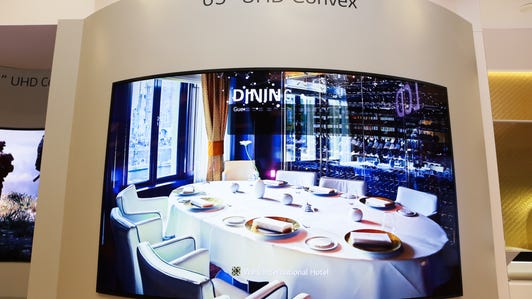



That is, if we even watch big screens anymore. CES 2016 was also the big coming-out party for virtual reality, with long lines on the show floor for attendees to try out the likes of Oculus Rift, PlayStation VR and HTC Vive, all of which should be on sale later this year. Whether it’s widely adopted is anybody’s guess, but we can say this: The tech is definitely ready for prime time.
A cynic would say, “OK, great — but I saw all of that stuff last year, or the year before that.” And that person would be correct. From VR to autonomous vehicles to OLED TVs to ubiquitous sensors to smart fridges to follow-me drones, nearly everything we saw at CES 2016 wasn’t truly new. But it was all a bit better, a tad more refined — one step closer to you clicking “add to cart” and having it show up on your doorstep two days later.
To that end, here’s what we saw in Las Vegas at CES 2016.
CES stands for “Car Electronics Show”
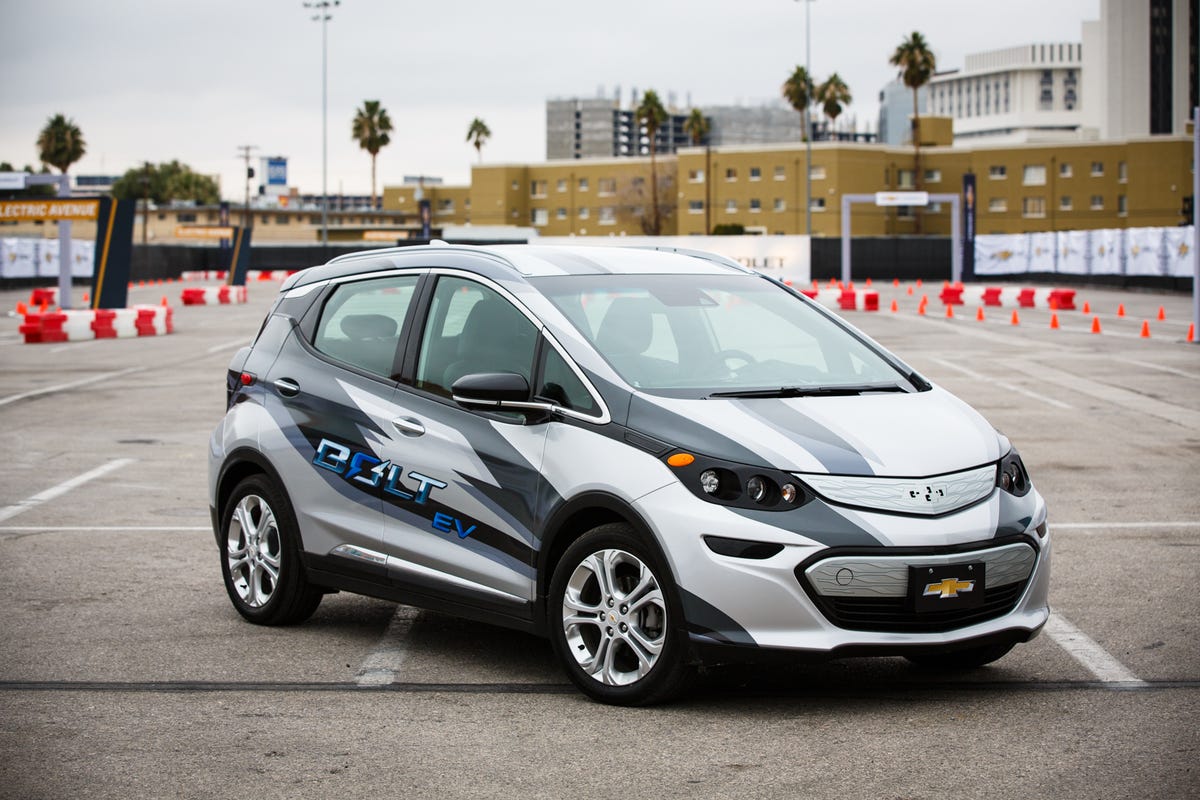
The Chevy Bolt is shooting for a de facto sub-$30,000 starting price.
Josh Miller/CNET
Every year we say CES is becoming more of a car show, and that trend was again in evidence in 2016. It’s clear that the entire automotive experience is undergoing a complete transformation from the wheels up. Self-driving and semi-autonomous vehicles are now table stakes for auto manufacturers. And while the dashboard of the near future may look increasingly like a giant iPad, concepts from BMW and Visteo go beyond tapping and swiping to no-touch voice and gesture controls.
And while gasoline prices are plunging to new lows, the move to electric vehicles appears to be unstoppable. Case in point is the long-awaited Chevy Bolt, which will bring a fully electric vehicle with a 200-mile-per-charge range to the masses at a price of under $30,000 (after US federal rebate).
The dashboard of the future, and how you will use it, at CES 2016 (pictures)
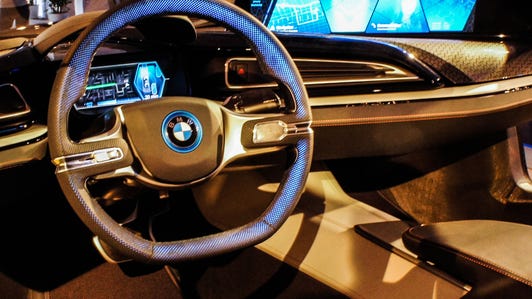



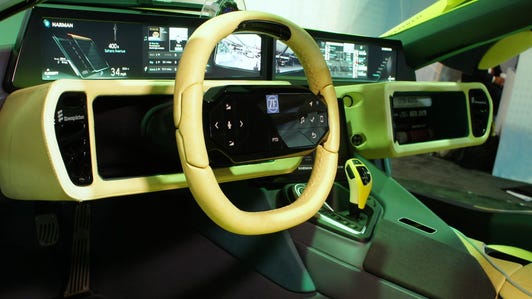

And the car news is just getting started. Just as CES ends, the North American International Auto Show begins in Detroit — and our new sister site, TheRoadshow.com, will be covering every square inch of the show floor.
Read: CES 2016 focuses on the driver, and the game-changing Chevy Bolt EV
VR and AR go big for 2016
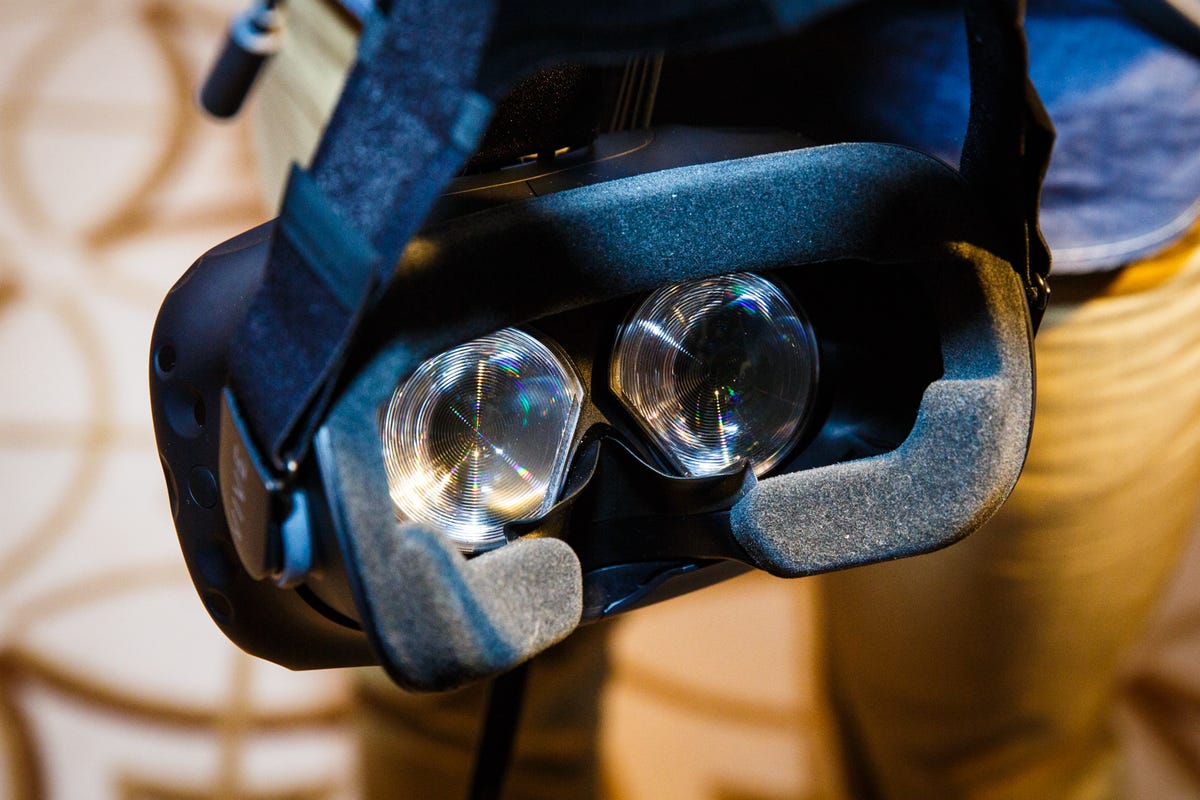

Josh Miller/CNET
If you didn’t believe us when we said that virtual reality was going to be the big tech story of 2016, CES undoubtedly changed your mind. The big reveal of Oculus Rift’s $599 price didn’t happen at a CES press conference, but it was the big VR story (albeit a controversial one) at the show. But Oculus isn’t the only game in town: Archrival HTC showed its the latest version of its Valve-powered VR rig, the Vive Pre, and we found it to deliver an even better VR experience than Oculus. Meanwhile, plenty of folks on the show floor were getting their first taste of Sony’s PlayStation VR — and liking what they found.
But it’s not all fun and games, either. Intel highlighted the Daqri Smart Helmet at its CES keynote, showing how VR’s sibling, augmented reality (AR), can be used in real-world work environments, for anything from construction to manufacturing. And the Recon Jet fitness glasses channel Google Glass by offering real-time stats for your cycling or running session.
One thing’s for sure: a lot of us will need to get used to seeing the world in a whole new way — maybe, soon, through regular glasses, too. And if you want to get a taste of it, check out CNET’s virtual reality tour of the CES 2016 show floor. (It’ll work with any Android phone or iPhone, even if you don’t have goggle accessories.)
Read: Everyone wanted a piece of virtual reality at this year’s CES
More drones than ever — including one that flies you


Now playing:
Watch this:
Skip traffic in this huge single-passenger drone
1:42
Drones were everywhere at CES 2016, getting bigger, smaller, smarter and more agile. The Yuneec Typhoon H was the belle of the ball, going from a quadrotor to six-rotor design, and adding retractable landing gear (to avoid blocking the belly-mounted 360-degree camera), and Intel’s RealSense 3D depth-capturing imaging technology. Parrot, meanwhile, showed off the Disco, a prototype fixed-wing drone with a 45-minute flight time that looked like a civilian cousin to the Predator.
Here are the drones that will crowd the skies in 2016 (pictures)






But the “can you believe it?” drone of the show was the Ehang 184 (video above), an octorotor aircraft that’s designed to ferry a passenger around town at altitudes of 1,000 feet or more. Yes, flying cars are finally here.
Read: Drones hit new heights at CES 2016
Internet of Fridges: Home gets even more connected, and platforms start to work together
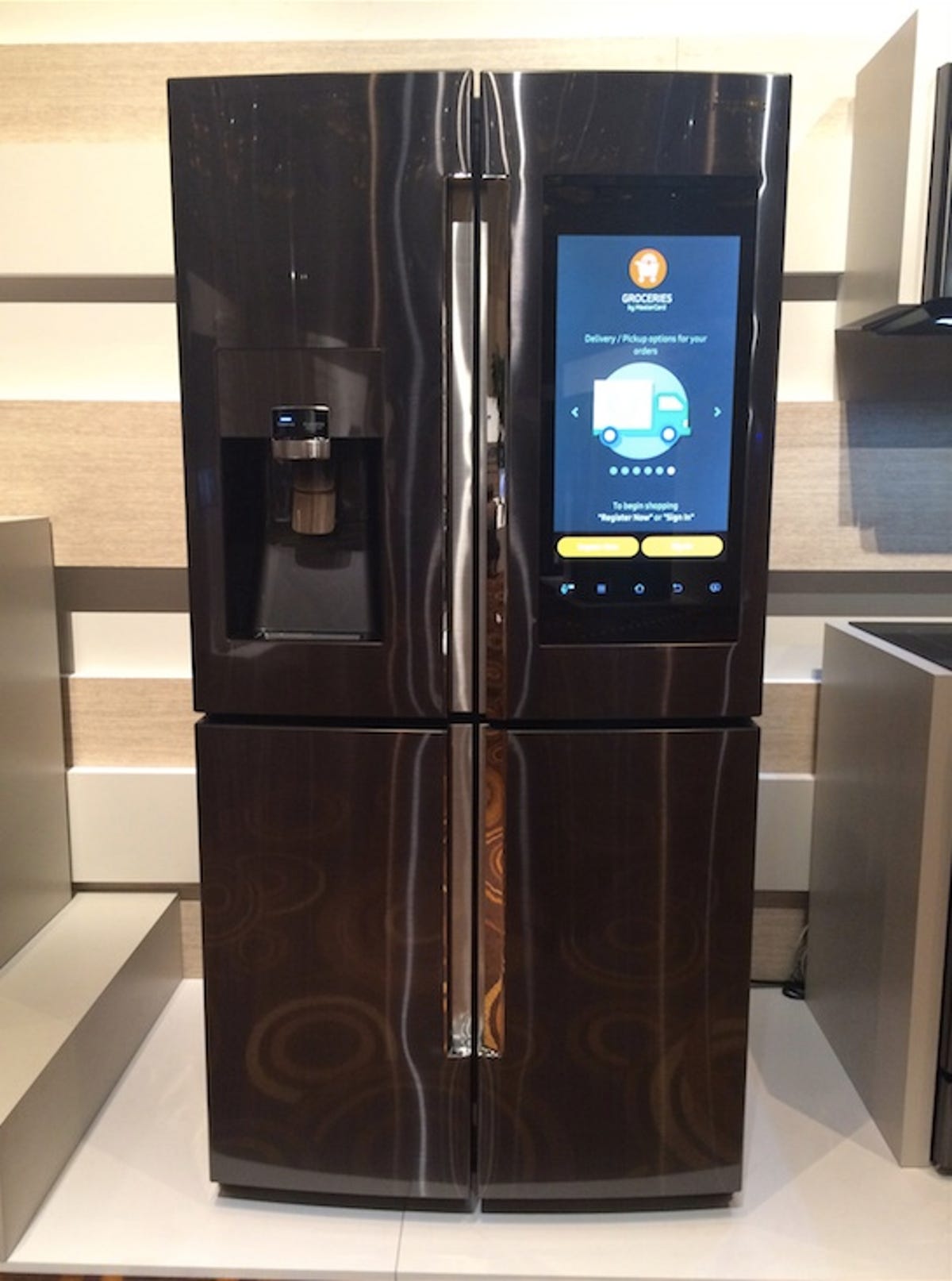

Samsung’s new Family Hub Refrigerator sports a 21.5-inch screen on the door and cameras inside to snap photos of your food.
Ry Crist/CNET
The “connected fridge” concept dates back many years at CES, and we’ve seen a few tentative attempts in recent years, but it looks like we’re finally getting the real thing in 2016 in the form of Samsung’s Family Hub fridge. It comes with a giant touchscreen on the door and internal cameras to send you real-time snapshots of your milk and orange juice levels. Samsung’s fridge will cost you around $5,000 (about AU$7,100 or £3,450), but it’s a tangible example of how real the connected home and the Internet of Things has become.
Alexa learned a bunch of new tricks at CES 2016
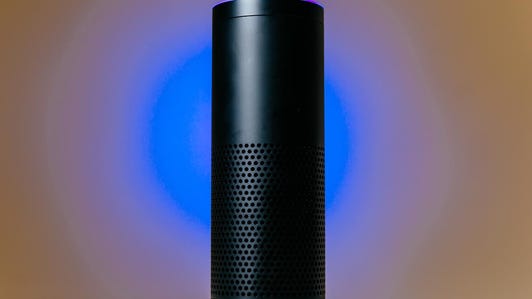



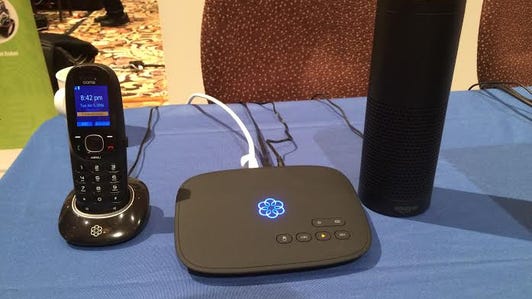

Still, with a long list of standards from the likes of Apple (HomeKit), Samsung (SmartThings), LG (SmartThinQ — yes, really) and Panasonic (Ora), your smart home could be a Tower of Babel, with plenty of products unable to talk to another. But at CES 2016, we saw a glimmer of hope that the proprietary walls may be cracking: Amazon’s Alexa virtual assistant was adding Echo-powered voice control to more than a dozen new devices, while ADT’s new Canopy security monitoring service can be tied in to DIY security systems from multiple vendors.
Read: Touchscreen refrigerators and talking everything at CES 2016
Wearable and fitness tech goes beyond the wrist
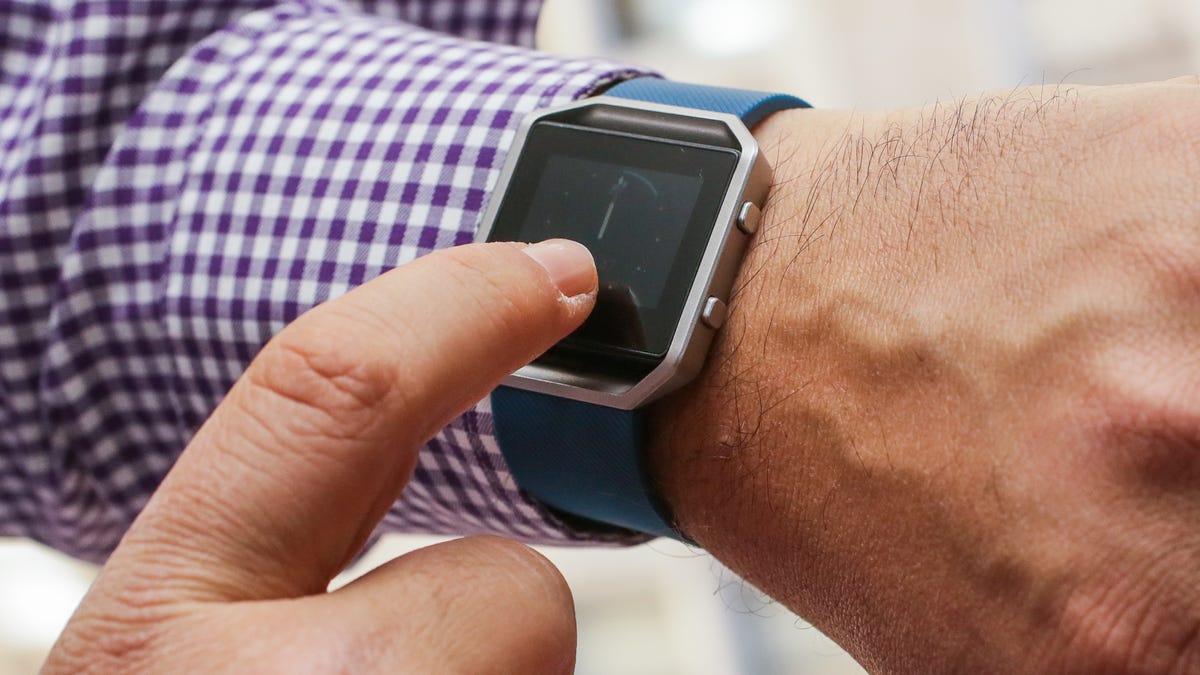

Sarah Tew/CNET
The first big product announcement on CES press day was the Blaze (pictured above), Fitbit’s response to the Apple Watch. Starting at just $200 (AU$290, £145, converted), it promises 5-day battery life and a focus on fitness and notifications. Misfit (now owned by watchmaker Fossil) also chimed in with the fashion-forward Ray.
But at CES 2016, we saw the definition of “wearable” tech broaden beyond the wrist, with everything from smart shirts, smart suits, smart bras and smart glasses. And nearly all of these seem intent on monitoring every aspect of your body’s activity in the hopes that more data can get us all on the road to better health and fitness.
The fitness tech of CES 2016 (pictures)






Read: Wearable tech at CES 2016 was all about one thing: fitness
TVs: OLED, bendy and gigantic


Now playing:
Watch this:
OLED TV trends upward at CES 2016
18:59
Since the dawn of the HD era, CES has always been a big show for TVs, and 2016 was no different. Giant screens dominated the show floor, at resolutions of 4K and (yes) 8K looking to make mere 1080p as old-fashioned as black-and-white. More interesting, though, is the increasing prevalence of HDR — high dynamic range, a super-contrast technology that allows brighter colors and more nuanced shades on the same screen at the same time. Unlike those quadrupled resolutions, the average person can actually see the difference when HDR and non-HDR sets are shown side by side. Alas, competing formats will make this upgrade anything by smooth.
LG’s OLED technology remains the king of the hill, and now it’s getting so thin that screens can bent and rolled-up. Samsung, meanwhile, showed a nifty modular TV concept, which allows megascreens at nearly any aspect ratio. Prefer to just use your wall as the screen? Check out Sony’s cool LSPX-P1 battery-powered short-throw projector.
The TVs of CES 2016: Big screens, crazy curves, ridiculous res






And whether you get your TV service from cable or satellite, online or over-the-air — you’re gonna have more viewing choices than ever before.
Read: TVs at CES 2016: The 4K super ultra high dynamic range definition of the future
Laptops go OLED too, and PC gaming gets better
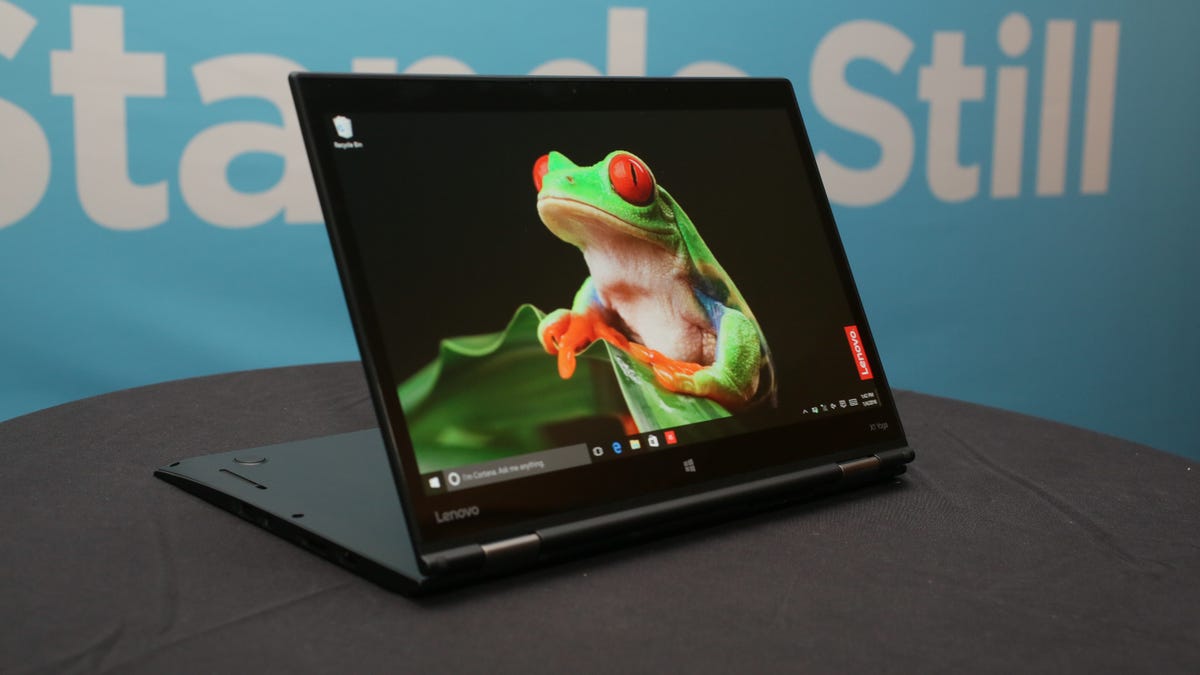

Sarah Tew/CNET
No, PCs aren’t as bleeding edge as drones or self-driving cars. But I can tell you that four of our top five most viewed products on one day of the show were, in fact, computers. That’s because a bunch of cool new models debuted at CES this year. We saw the first OLED screens in the 12 to 13-inch screen size utilized in the Lenovo ThinkPad X1 Yoga (above), new Alienware 13 and Samsung Galaxy TabPro S, which brings our favorite screen technology from TVs and smartphones to the PC realm for the first time. Meanwhile, the Intel Compute Stick — a big hit from CES 2015 — was back with upgraded specs (and a higher price), showing that “PCs on a stick” are now a bona fide product class.
And on the gaming front, we were impressed with the Razer Blade Stealth — a sexy superthin laptop that can “dock” to its outboard graphics processor to become a killer gaming rig — and the Origin PC Omni, an all-in-one desktop with equally serious gaming chops. And — trust us — with the latest, greatest VR rigs of 2016 needing serious PC horsepower to back them up, it’s gonna be a big year for PC gaming upgrades.
The PCs, laptops, and tablets of CES 2016 (pictures)




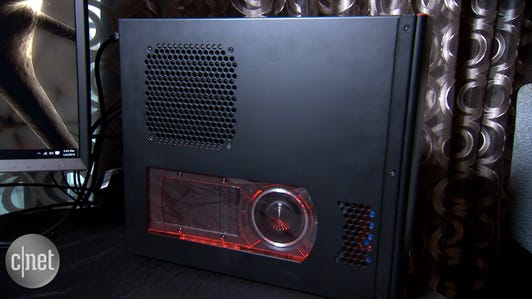

Read: Killer screens and hungry for virtual reality: Computers at CES 2016
Watch: The coolest computers of CES 2016
Pet tech, baby tech and porn tech


Now playing:
Watch this:
CleverPet is a game console for your four-legged friend
1:18
If you wanted more proof that we’re living in the future, CES had it across the board. Gaming gadgets for dogs? Check. Pet health trackers? Got it. Self-latching car seat for toddlers? Done. Connected baby thermometers? Yup. Are any of these actually useful or sensible. Maybe not; probably not. But as the Internet of Things revolution continues, and “everything” gets a chip, expect connected everythings to become the standard, not the exception.
That’s going to be true for the world of adult entertainment, too. We saw plenty of NSFW-tech at CES this year, most of which seemed hell-bent on bringing self-gratification — for men and women — to a new, tech-enhanced level. It was the porn-iest CES we can remember since the Adult Entertainment Expo stopped sharing Vegas with the tech show. (No need to “ask for a friend” — the porn folks hit town on January 20 this year.)
Read: Oh, poop. Baby tech rattles a dad-to-be
Read: VR porn lends a hand. Masturbation will never be the same
If you build it, they will come (NSFW)
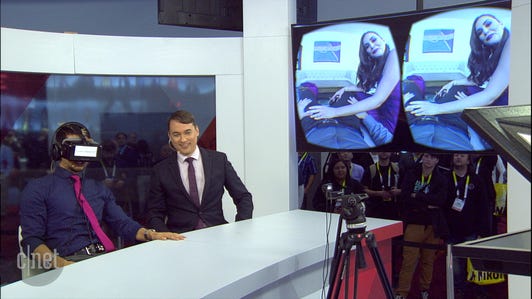





What about phones?
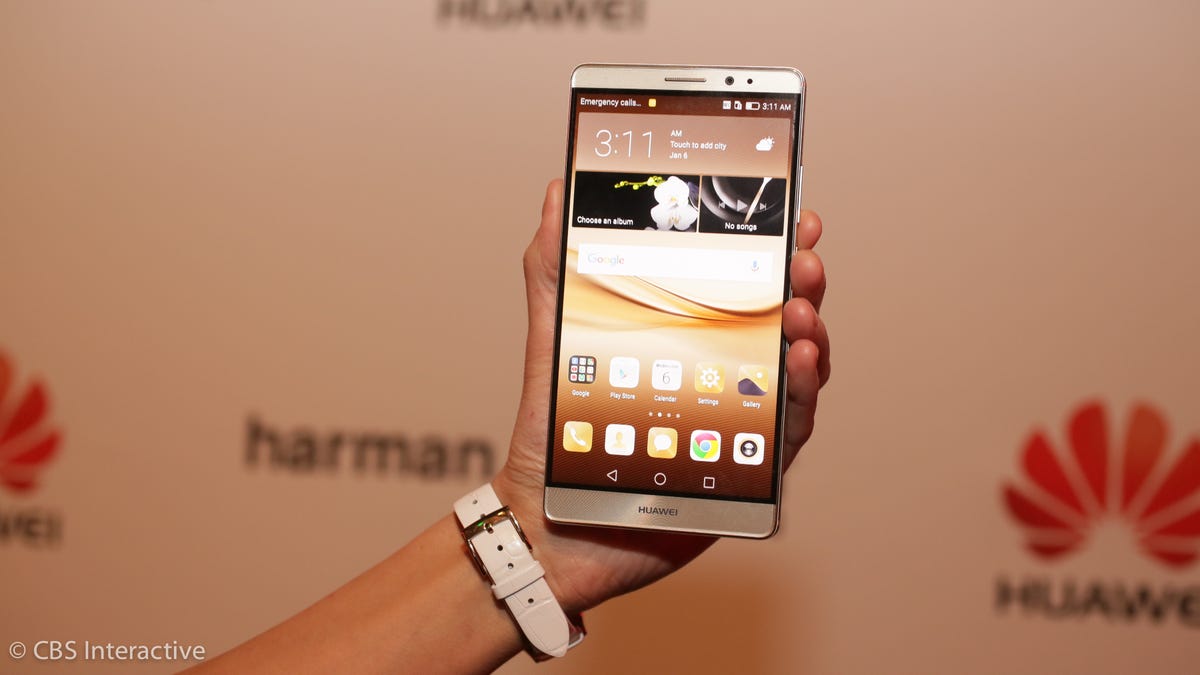

The Huawei Mate 8
Sarah Tew/CNET
Yes, there were some smartphones shown off at CES, but they were mostly from Chinese brands like Huawei, Alcatel and ZTE, looking to further bolster their fledgling presence in the US market. The rest of the big players are keeping their powder dry for the year’s next big tech show, Mobile World Congress, which is just a few weeks away in Barcelona. At that show, you’re almost certain to see the Samsung Galaxy S7, as well as new phones from the likes of LG, Sony and every other major brand (except Apple).
But we got two big indications at CES as to just how much the mobile world is changing: Lenovo is killing off the Motorola brand that it bought back in 2014 (though “Moto” lines will live on), and BlackBerry confirmed that it’s going all-in on Android.
The 2016 tech calendar is just beginning
Yes, Las Vegas is behind us, even though the new year is less than two weeks old. But the tech announcement calendar is already swinging into high gear. In addition to the Detroit Auto Show (next week) and Mobile World Congress (late February), CNET will also have plenty of news from the KBIS appliance show (late January) and the CP+ camera show (late February).
Most anticipated tech of 2016: August to December edition






And if that rumored Apple event in March happens — the one where the company may launch the next Apple Watch? You’ll find that here, too.
Stay tuned.




